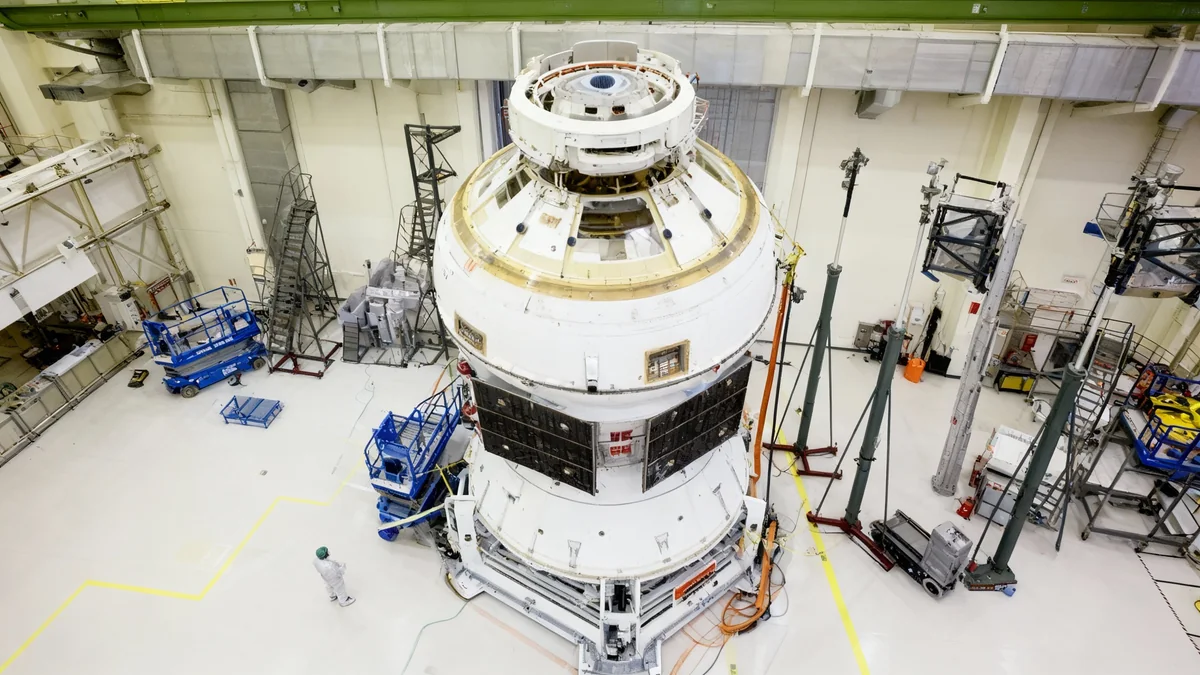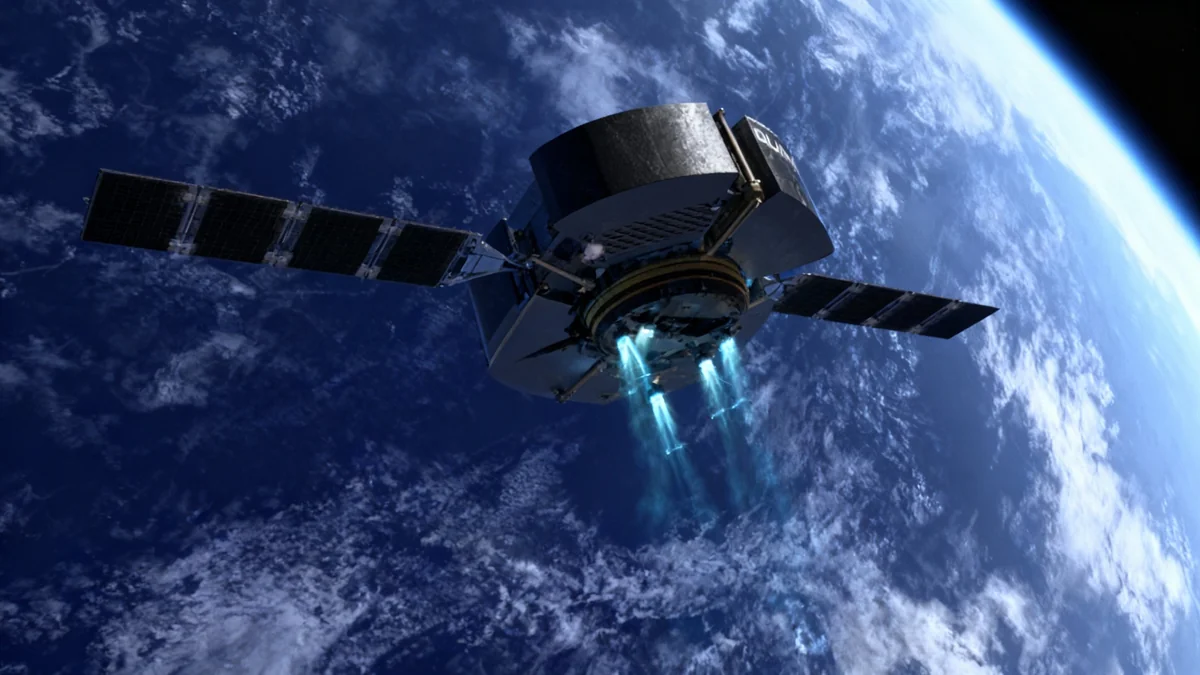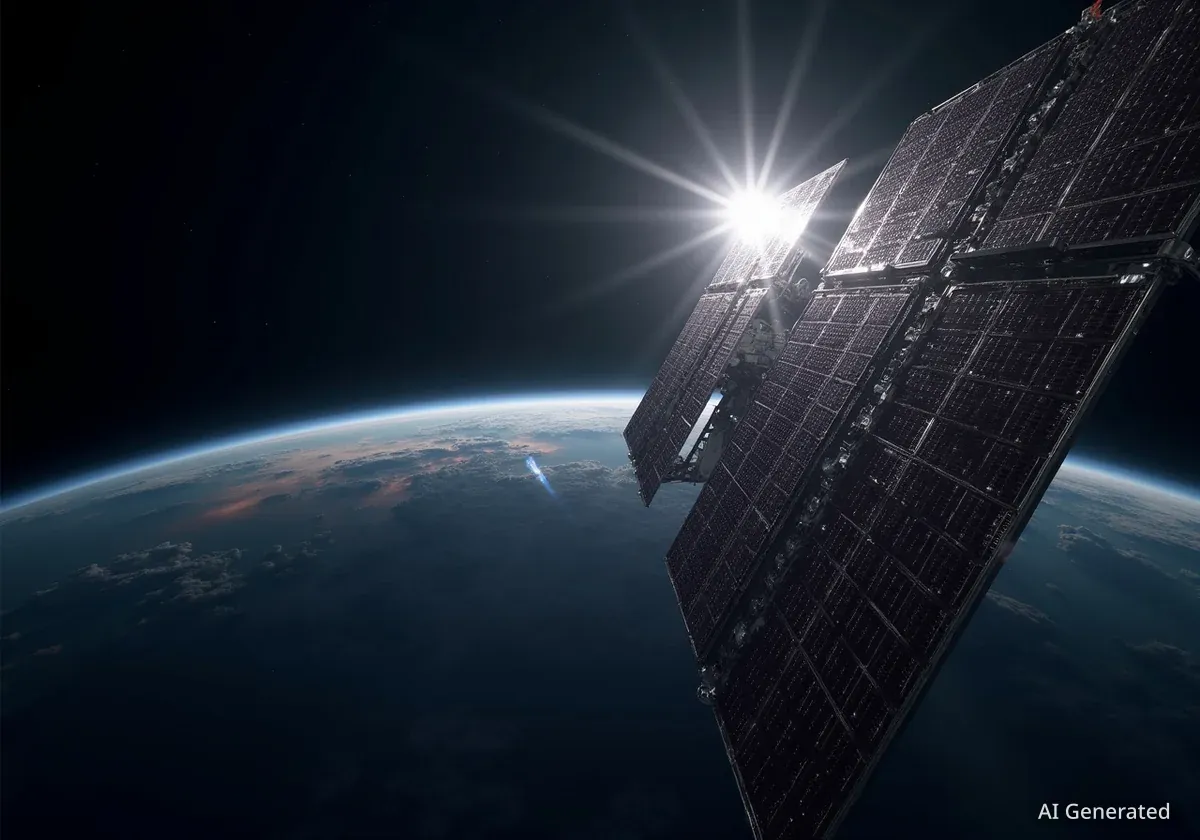NASA has successfully attached the Orion spacecraft to its Space Launch System (SLS) rocket, a critical milestone for the upcoming Artemis 2 mission. This key step in preparing for the crewed lunar flyby is proceeding at the Kennedy Space Center despite a federal government shutdown that has halted many other agency activities.
The work has been deemed essential, allowing technicians and engineers to continue assembly for the mission, which is slated to launch as early as next year. The four-person crew has named their Orion capsule 'Integrity'.
Key Takeaways
- The Orion spacecraft for Artemis 2 is now fully integrated with its SLS rocket inside the Vehicle Assembly Building.
- Mission preparations are continuing after being classified as a "safety-critical" activity, exempting them from the government shutdown.
- While physical work on the rocket continues, NASA's public communications, including website and social media updates, have been suspended.
- The shutdown has forced NASA officials to withdraw from public events and panel discussions related to the mission.
A Major Milestone Achieved
Engineers at the Kennedy Space Center completed the delicate process of lifting and securing the Orion spacecraft atop the massive SLS rocket. The spacecraft, which includes its launch abort system, was moved to the Vehicle Assembly Building on October 16 for this final assembly phase.
Acting NASA Administrator Sean Duffy confirmed the successful integration on October 20. "The last major hardware component before Artemis II launches early next year has been installed," he announced. This process, known as stacking, marks the completion of the primary hardware assembly for the launch vehicle.
What is Artemis 2?
Artemis 2 is the first crewed mission in NASA's program to return humans to the Moon. It will send four astronauts on a flight path that will take them around the far side of the Moon and back to Earth. The mission is a critical test of the Orion spacecraft's life-support systems and capabilities before future missions attempt to land on the lunar surface.
Navigating the Shutdown
The progress on Artemis 2 comes as a government shutdown, which began on October 1, has furloughed a significant portion of the federal workforce. However, NASA received approval from the White House to continue its launch preparations.
Officials have cited precedents from previous shutdowns where work on critical missions was allowed to proceed to avoid costly delays and ensure the safety of flight hardware. In a public statement, Duffy emphasized the importance of maintaining momentum. "We worked really hard... to make sure we don’t delay in a space race," he said. "We want to make sure that NASA and the critical missions like Artemis, we have our NASA scientists and technicians still working on the project."
Personnel Impact
At the Kennedy Space Center, the hub of Artemis 2 preparations, 989 out of 2,075 civil servants are considered "excepted" and continue to work. In contrast, at facilities like the Langley Research Center, whose work is less directly tied to the immediate launch, only 34 of its 1,756 employees remain on duty.
A Public Silence
While the physical assembly of the rocket continues, the shutdown has effectively silenced NASA's public outreach. The agency's websites and social media channels are not being updated, leaving official announcements to personal social media accounts of administrators.
This communication blackout has tangible consequences. Several high-profile NASA officials, including Associate Administrator Amit Kshatriya, were forced to withdraw from the American Astronautical Society’s Von Braun Space Exploration Symposium. A planned panel discussion dedicated to the Artemis 2 mission was also canceled from the event's agenda.
The Path Forward
NASA's official continuity plan, released ahead of the funding lapse, confirmed the agency's intent to protect the Artemis program. The document stated that NASA would "continue to support Artemis operations during any funding lapse" to safeguard the production and supply chain for current and future missions.
With the Orion spacecraft now in place, teams will proceed with a series of integrated tests on the complete rocket stack. These verifications are crucial to ensuring all systems function together as designed before the vehicle is rolled out to the launch pad.
"This is obviously very safety critical and we anticipate being able to request, and being able to continue to move forward on, Artemis 2 in the event of a shutdown," said Lakiesha Hawkins, a deputy associate administrator at NASA, speaking before the shutdown began.
The mission remains a top priority, seen as a crucial step in human space exploration. The ability to continue work despite the broader governmental pause underscores the national importance placed on the Artemis program and its goal of returning astronauts to the vicinity of the Moon for the first time in over 50 years.





